- Have any questions?
- +86-189 8930 5995
- sales@mosinterchem.com.cn
Copper nitrate CAS 3251-23-8

Lead chromate CAS 7758-97-6
21/12/2018
ALIZARIN YELLOW R CAS 2243-76-7
21/12/2018| Model: | MOS3251-23-8 |
| Brand Name: | MOSINTER |
| CAS No.: | 3251-23-8 |
| Brand: | MOSINTER |
| Molecular formula: | Cu(NO3)2 |
| Purity: | 99.0-102.0% |
| Molar mass: | 187.5558 g/mol(anhydrous) |
| Melting point: | 256 °C (anhydrous, decomp) 114.5 °C (trihydrate) 26.4 °C (hexahydrate, decomposes) |
| Density: | 3.05 g/cm3 (anhydrous) 2.32 g/cm3 (trihydrate) 2.07 g/cm3 (hexahydrate) |
| Boiling point: | 170 °C (trihydrate, decomposes) |
| Alias: | Copper dinitrate |
Copper nitrate (CAS: 3251-23-8)
| Item | Index |
| Appearance | Blue crystal |
| Purity % | 99.0-102.0 |
| Water insoluble %≤ | 0.002 |
| Sulfate (SO4) %≤ | 0.005 |
| Hydrogen sulfide not precipitate
(as sulfate) %≤ |
0.05 |
| Iron (Fe) %≤ | 0.002 |
| Chloride (Cl) %≤ | 0.001 |
| PH | 3.0-4.0 |
Basic Information
Copper(II) nitrate, Cu(NO3)2, is an inorganic compound that forms a blue crystalline solid. Anhydrous copper nitrate forms deep blue-green crystals and sublimes in a vacuum at 150-200 °C.[1] Copper nitrate also occurs as five differenthydrates, the most common ones being the trihydrate and hexahydrate. These materials are more commonly encountered in commerce than in the laboratory.
Synthesis and reactions
Hydrated copper nitrate can be prepared by hydration of the anhydrous material or by treating copper metal with an aqueous solution of silver nitrate or concentratednitric acid:
Cu + 4 HNO3 → Cu(NO3)2 + 2 H2O + 2 NO2
Anhydrous Cu(NO3)2 forms when copper metal is treated with N2O4:
Cu + 2 N2O4 → Cu(NO3)2 + 2 NO
Attempted dehydration of any of the hydrated copper(II) nitrates by heating instead affords the oxides, not Cu(NO3)2. At 80 °C, the hydrates convert to “basic copper nitrate” (Cu2(NO3)(OH)3), which converts to CuO at 180 °C.[2] Exploiting this reactivity, copper nitrate can be used to generate nitric acid by heating it until decomposition and passing the fumes directly into water. This method is similar to the last step in the Ostwald process. The equations are as follows:
2 Cu(NO3)2 → 2 CuO + 4 NO2 + O23NO2 + H2O → 2HNO3 + NO
Application
Copper(II) nitrate finds a variety of applications, the main one being its conversion to copper(II) oxide, which is used as catalyst for a variety of processes in organic chemistry. Its solutions are used in textiles and polishing agents for other metals. Copper nitrates are found in some pyrotechnics. It is often used in school laboratories to demonstrate chemical voltaic cell reactions.
Organic Synthesis
Copper nitrate, in combination with acetic anhydride, is an effective reagent for nitration of aromatic compounds, under what are known as “Menke conditions”, in honor of the Dutch chemist who discovered that metal nitrates are effective reagents for nitration.Hydrated copper nitrate absorbed onto clay affords a reagent called “Claycop”. The resulting blue-colored clay is used as a slurry, for example for the oxidation of thiols to disulfides. Claycop is also used to convert dithioacetals to carbonyls. A related reagent based on montmorillonite has proven useful for the nitration of aromatic compounds.
You must be logged in to post a review.

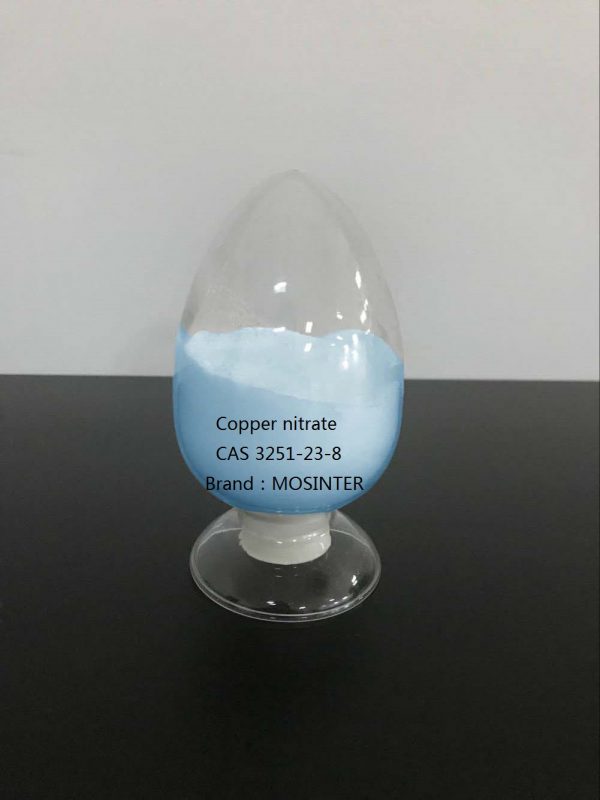
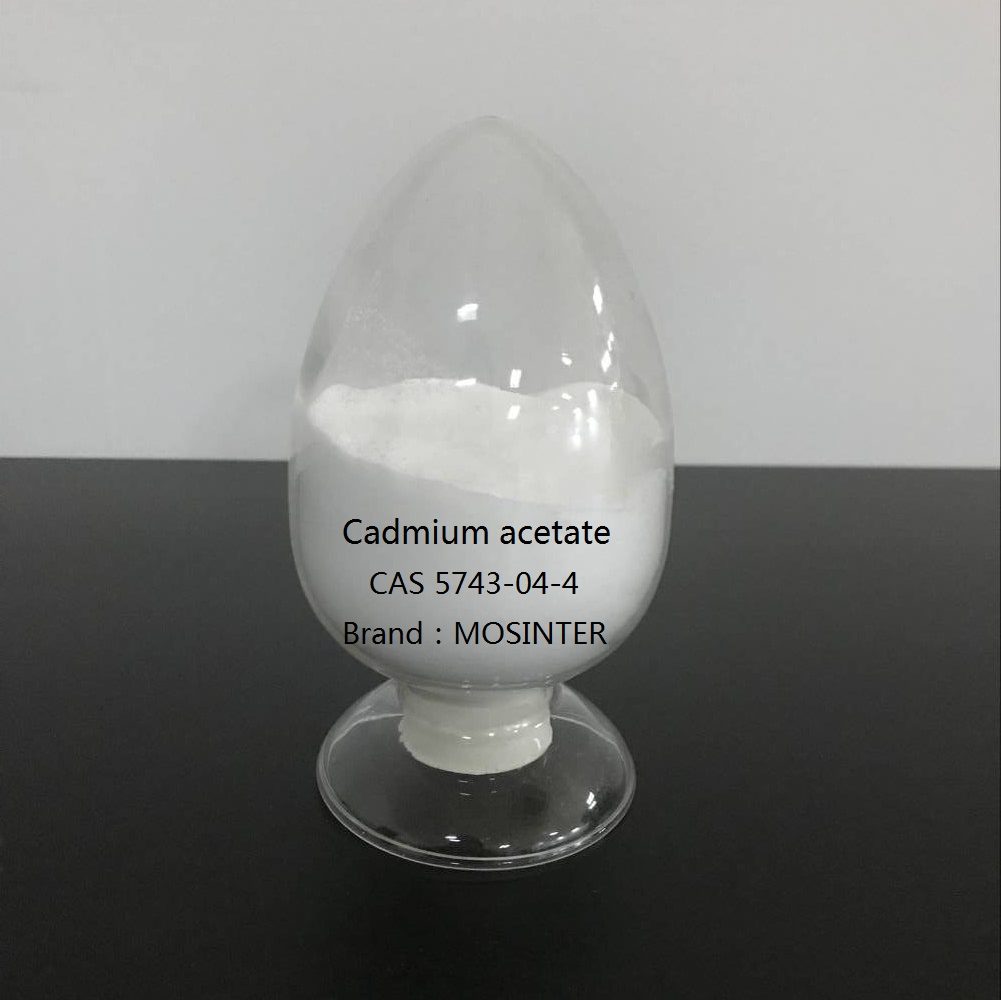
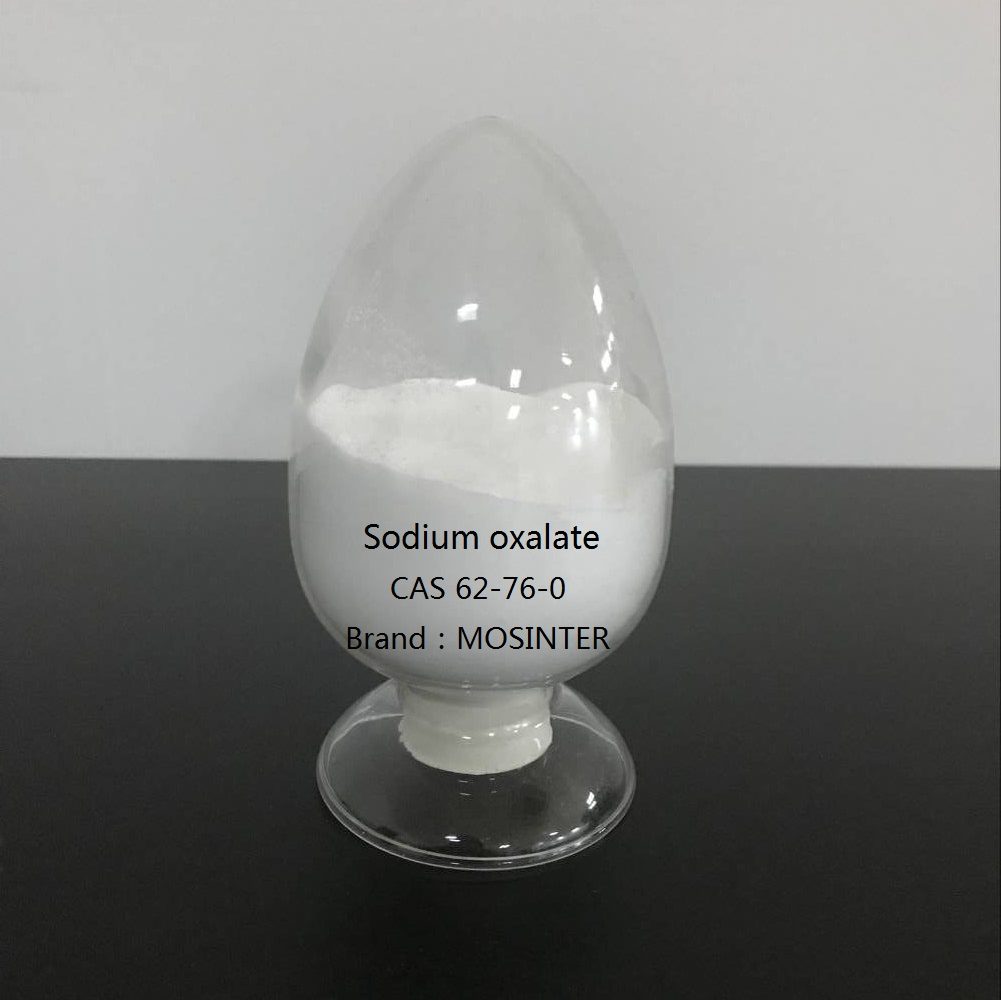
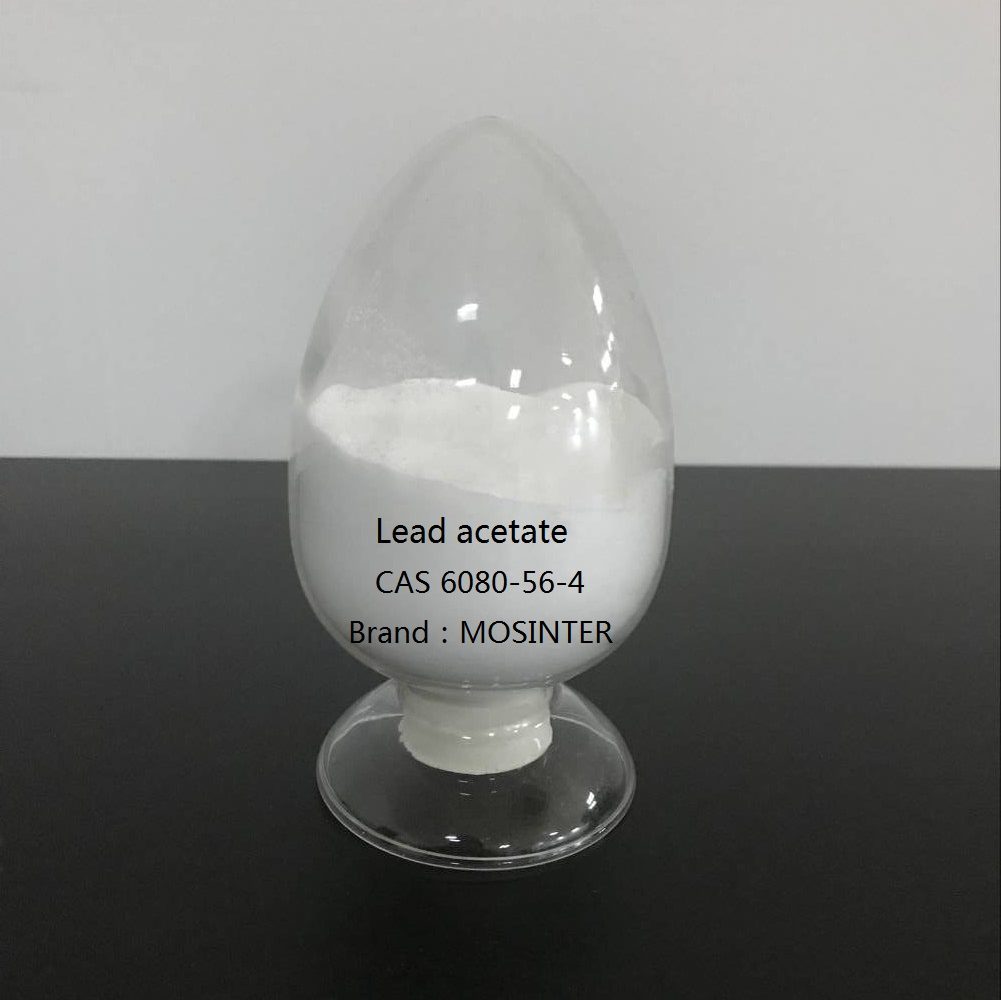
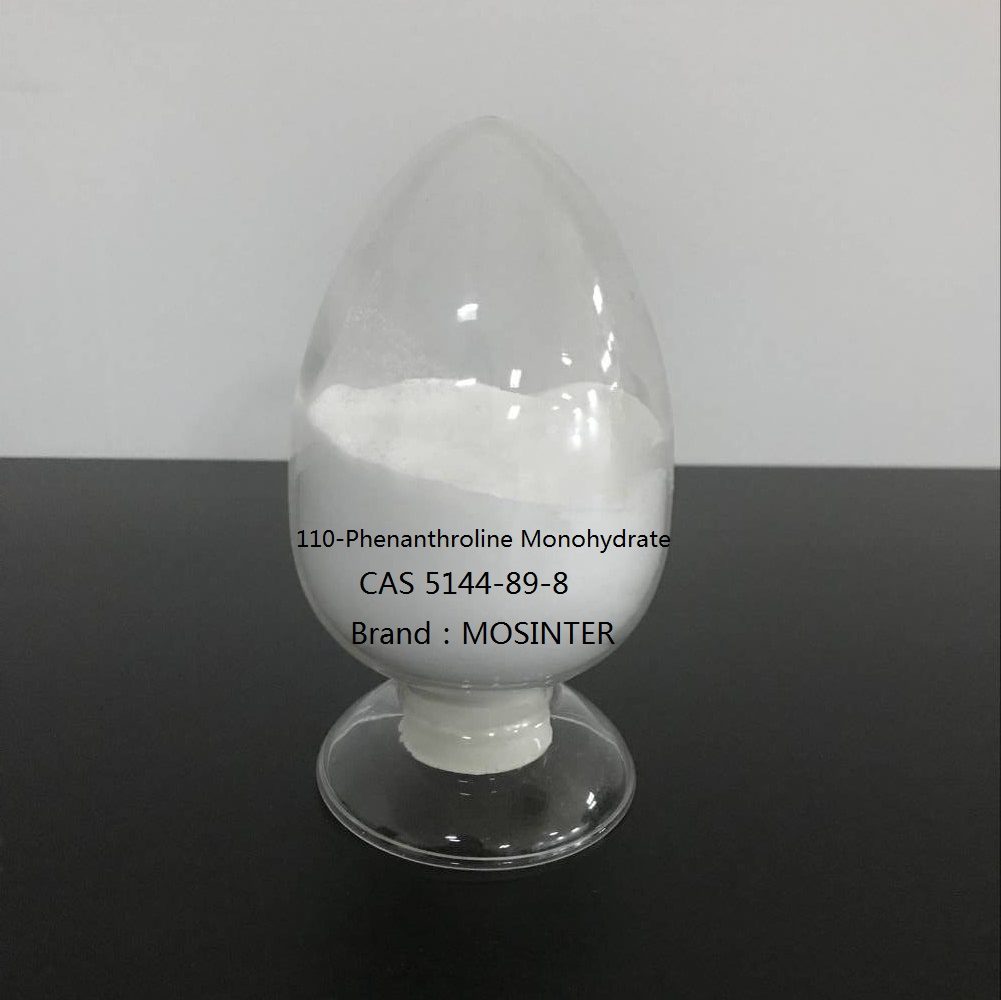
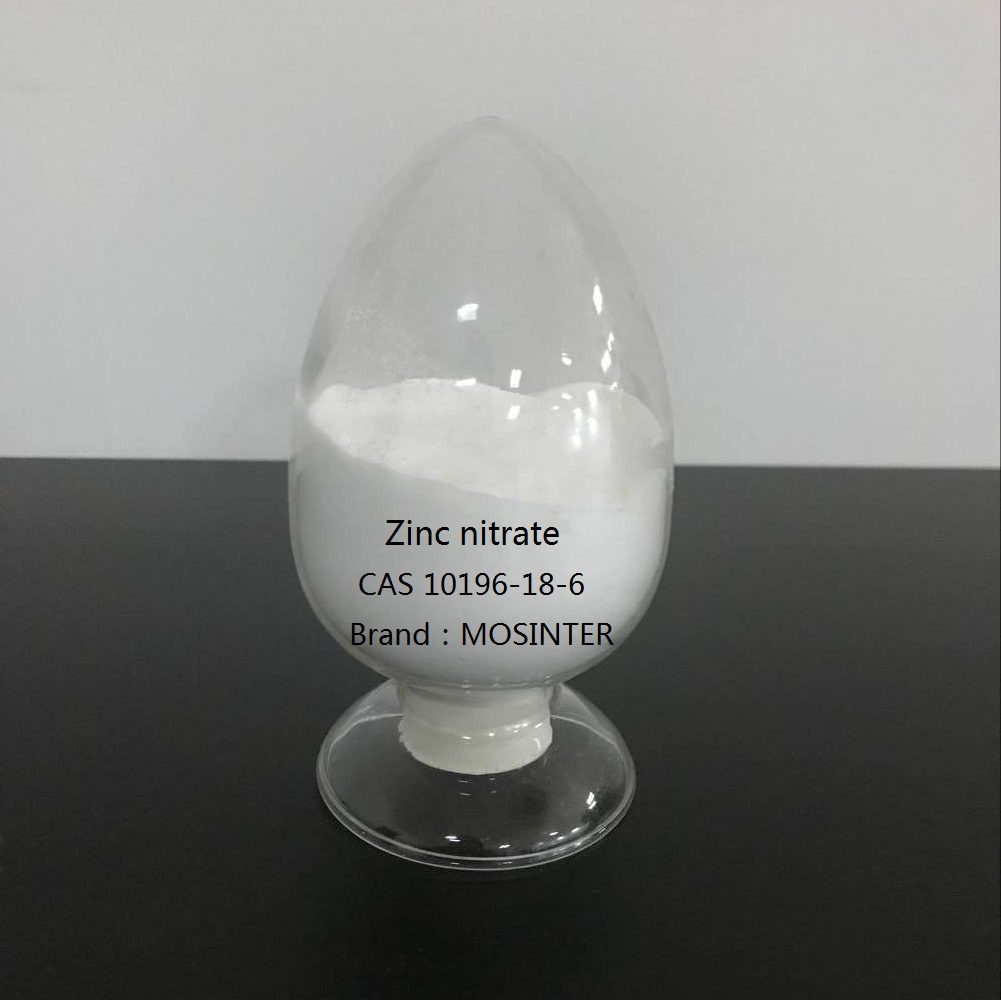
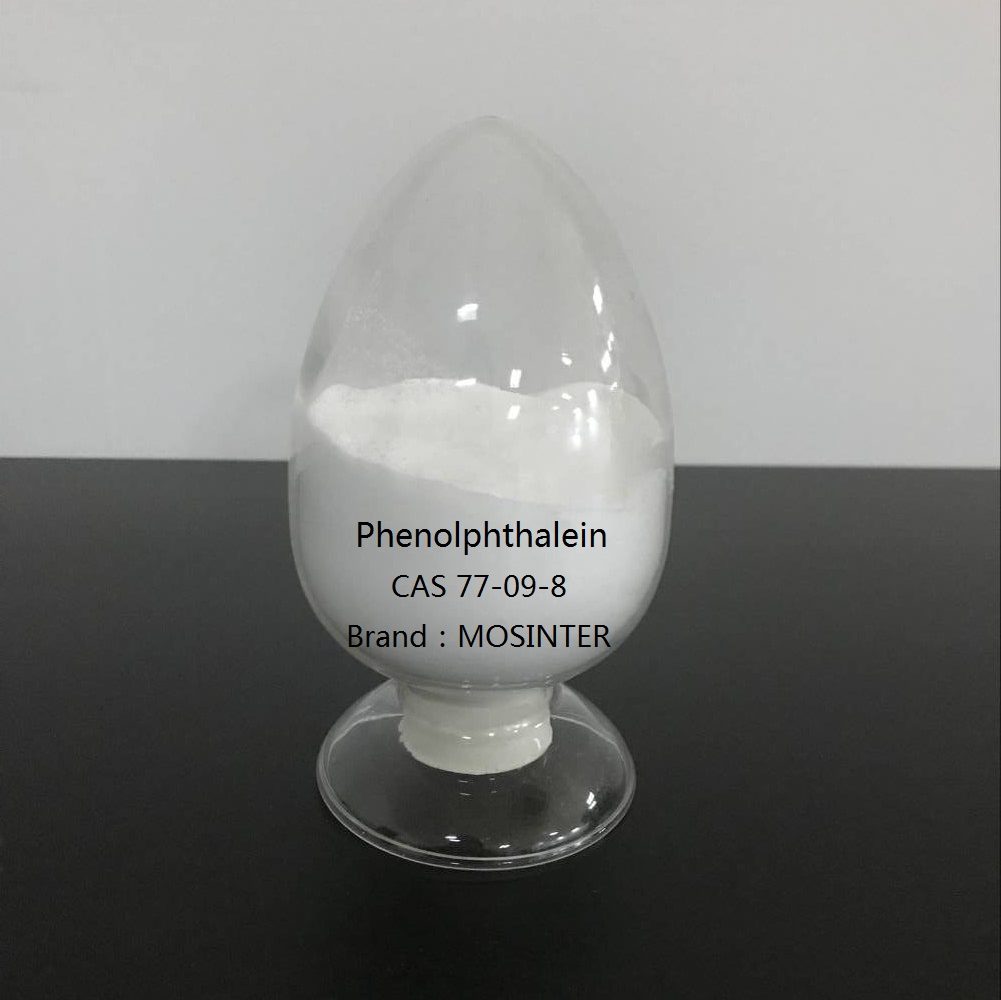
Reviews
There are no reviews yet.